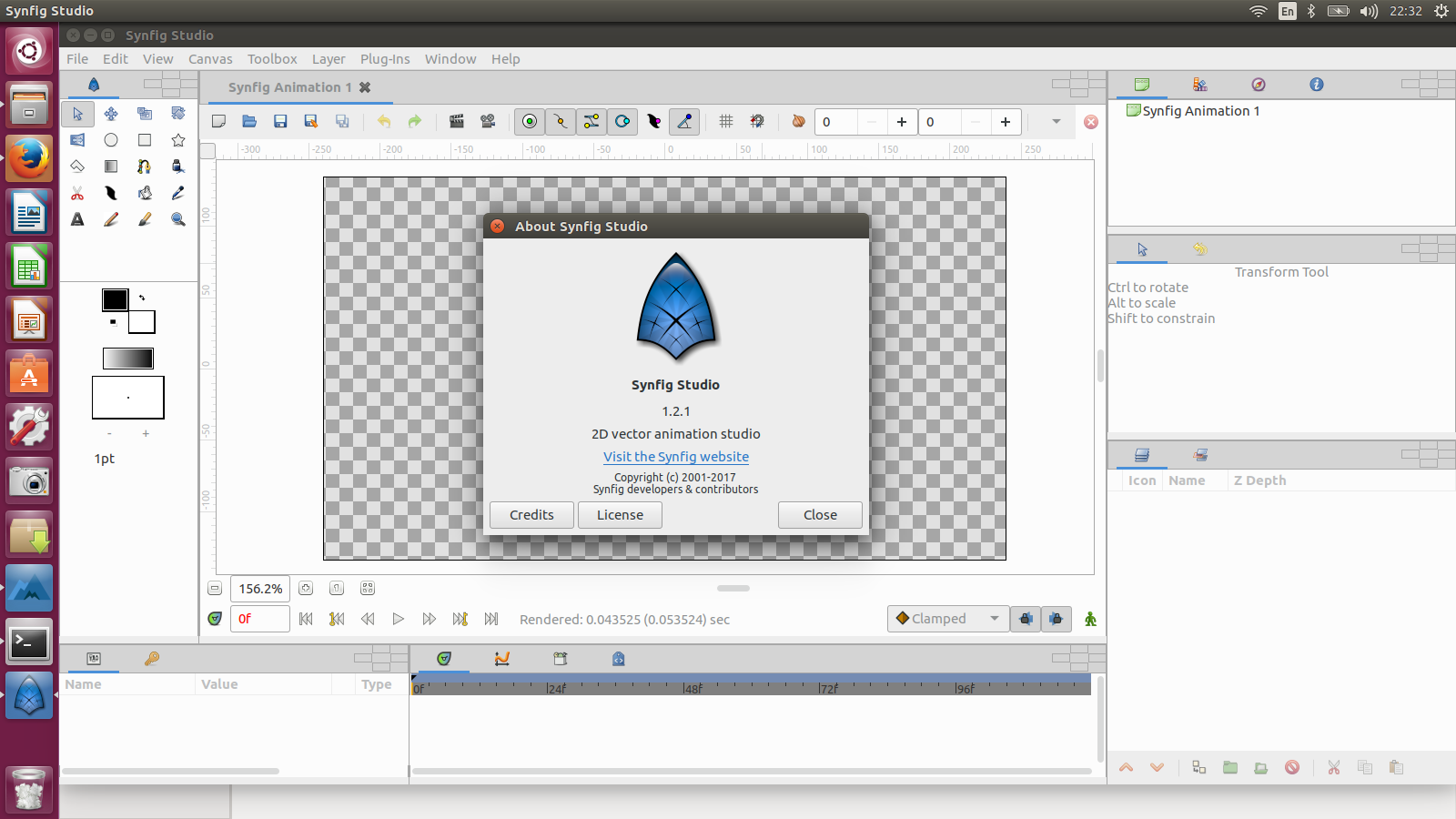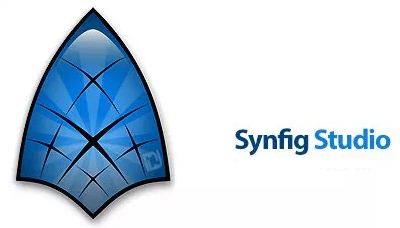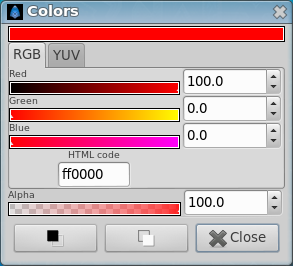
Why using skeleton deformation layer parts of the image are disappearing? Once you have terminated to setup the bones of your skeleton, from the Layers Panel, right click on the Skeleton Deformation Layer and from the contextual menu choose "Reset Pose" to create the initial pose (without deformation) of the skeleton. Enable Width Handle ( Alt 5) and set the influence area for each bone. Once setup the armature, control the influence. Any child bones will follow recursively his parents position. Right click in any handle of bones and choose "Create Child Bone" to create another bone and adjust it with its handles. Now you can move the first bone using its "Origin" handle, change its orientation with the "Angle" handle and its length using the "Local Length Scale" handle. To setup the bones of the Skeleton Deformation Layer, first, deactivate the deformation unchecking the "Show" checkbox of from the Layers Panel. You can modify it by dragging the handles of the first and second corners ( "Point 1" up left and "Point 2" down right). The Skeleton Deformation Layer's bound rectangle define the distortion area. Usage of the Skeleton Deformation Layer Set the distortion area The parameters of the Skeleton Deformation Layers are: Parameters of Skeleton Deformation Layers The Layers Panel's Show/Hide checkbox of the Skeleton Deformation Layer activate/deactivate the deformation and the visibility of the distortion area. The Skeleton Distortion layer allows to set the distortion area and mesh resolution. Skeleton Deformation acts like a normal "raster" layer (i.e.
Synfig studio using skelenton 64 Bit#
This allows you to create advanced character puppets and other dynamic structures.įor windows 32 bit - Size: 102.38 MB - Downloadįor windows 64 bit - Size: 106.Skeleton Deformation Layer is for raster deformation (pixel level) and can be used to image layers or whatever is in the context of the skeleton deformation layer (the rendered result of what's below it). You can link parameters of various layers – directly or through mathematical expressions.

Use additional Skeleton Distortion layer to apply complex deformations to bitmap artwork.

Choose from various layer types: geometric, gradients, filters, distortions, transformations, fractals and others.įull-featured bone system allows to create cutout animation using bitmap images or control your vector artwork. Synfig provides 50+ layers to create artwork and animation of any complexity. Just set the key positions and inbetween frames will be calculated automatically.
Synfig studio using skelenton full#
Transform any vector shape into another! Synfig gives you powerful tools for full control on your vector artwork.

In the process of morphing, one shape is deformed into another and this transformation is usually defined by control points.Ĭutout animation is created by splitting objects into parts and applying some simple transformations to them (like translation, rotation or scale) at different moments of time. Morphing is a technique that takes two images and creates a smooth transition between them. Synfig Studio is built to eliminate the need to draw each frame individually. It is designed to produce film-quality animation with less people and resources. Synfig Studio is an open-source 2D vector animation software.


 0 kommentar(er)
0 kommentar(er)
